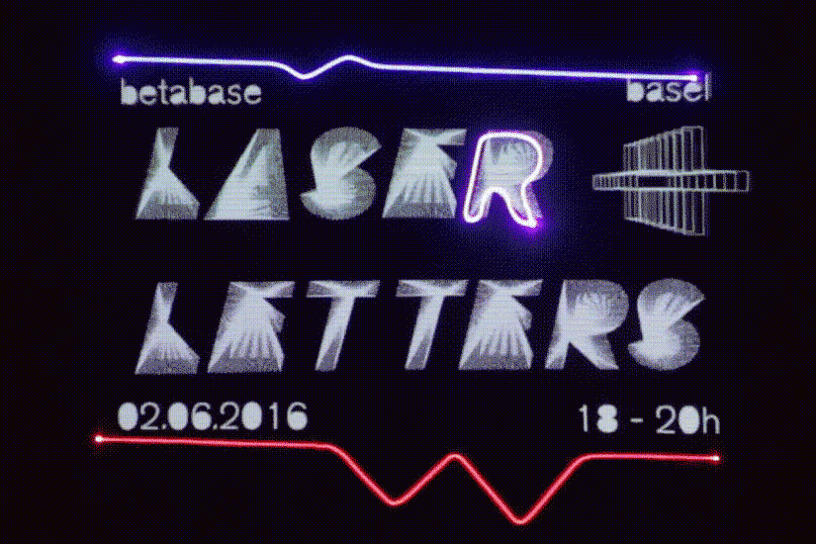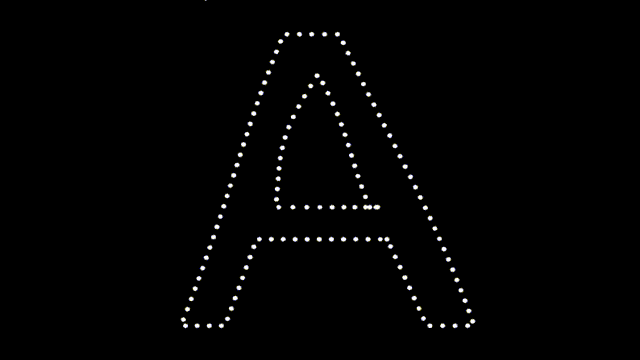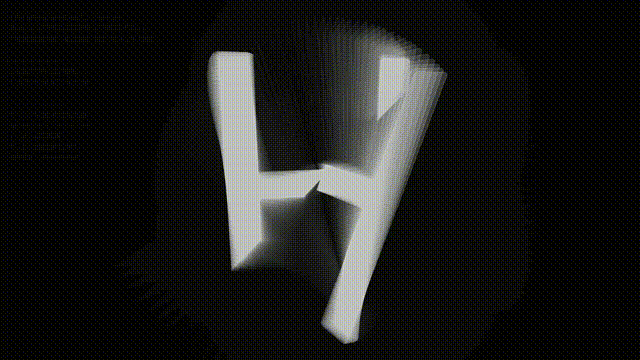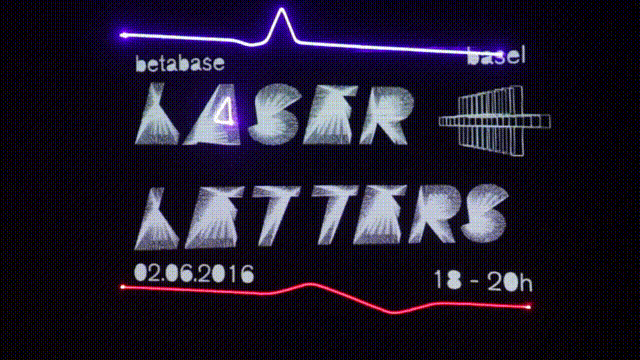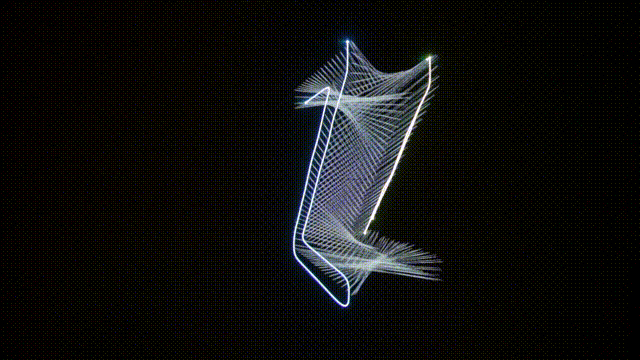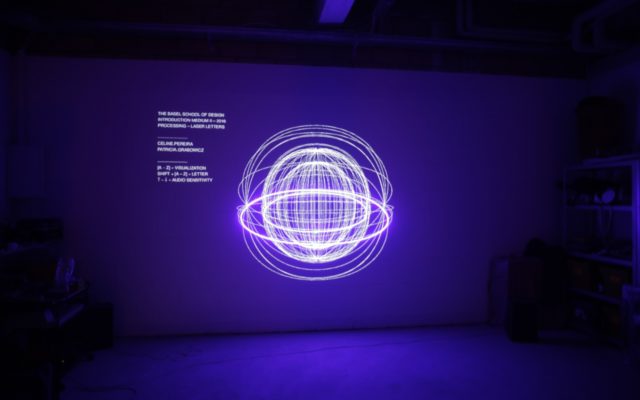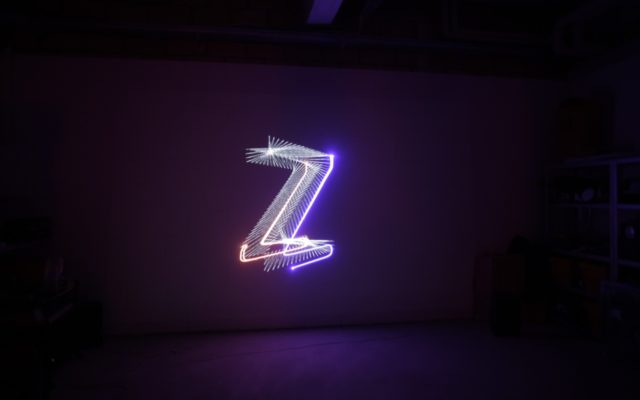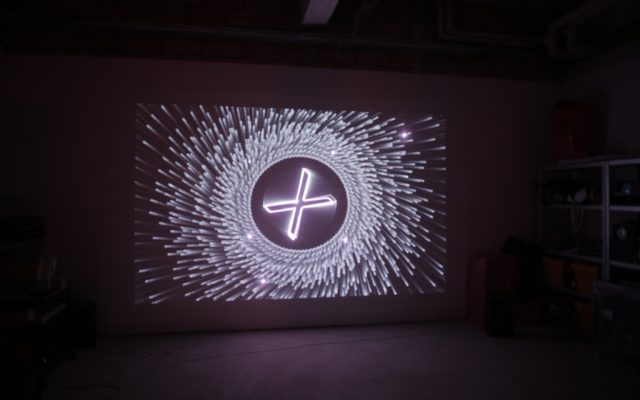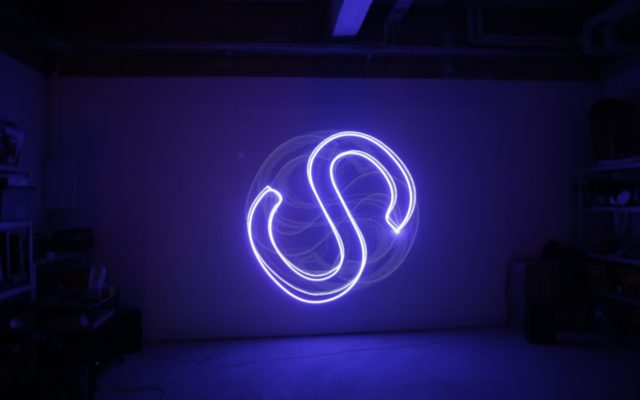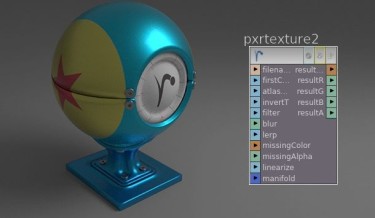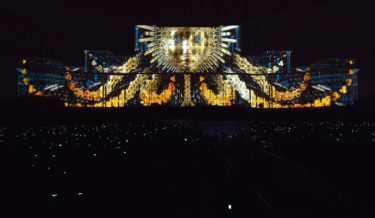Related post
The Han Show in the Wuhan, China
Feb 26, 2015
|
Comments Off on The Han Show in the Wuhan, China
5370
RenderMan for Houdini Now Available!
Oct 30, 2015
|
Comments Off on RenderMan for Houdini Now Available!
4225
Interconnection – visionary projection mapping – the winner of iMapp 2016
Jan 18, 2017
|
Comments Off on Interconnection – visionary projection mapping – the winner of iMapp 2016
4241

